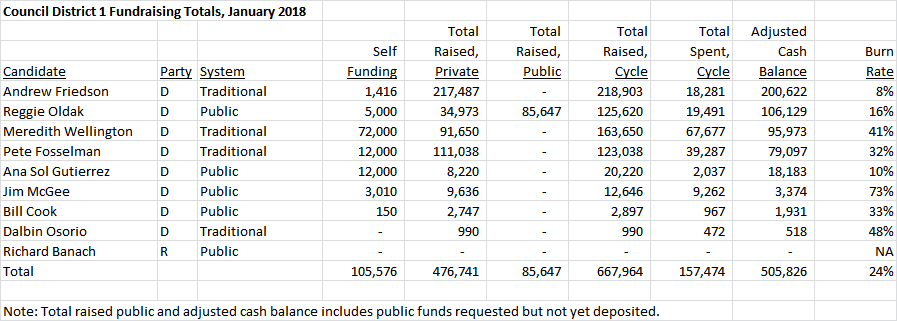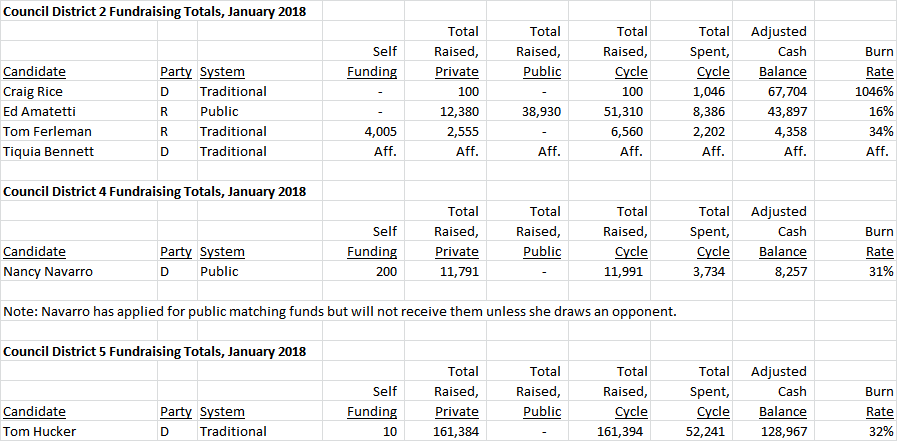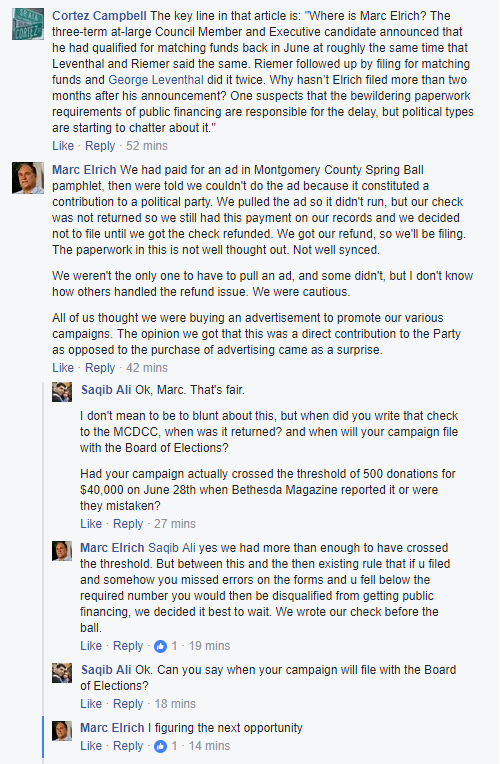By Council Member Nancy Floreen.
As someone in the unique position of watching the campaign season after 15 and a half years of being on the inside, I have pretty strong feelings about who are the right folks for electoral office.
My criteria:
Is that candidate well informed about the office he or she seeks?
Is that person an honest broker – ie – with the experience and grounding in reality that leads to genuine capacity for problem solving?
Is that person candid, or does that person have a different story for every audience?
Is that person humble or does that person take credit for shared initiatives or make promises that cannot be kept?
Does that person have the demonstrated temperament to treat people he or she disagrees with respectfully?
Is that person an independent thinker, or likely to be more influenced by endorsers?
Does that person have a track record of credible community engagement ?
Does that person have the backbone to stand up to political pressure?
Does that person have a genuine passion for the office, or is it just another job?
Does that person stand a chance in the General Election?
There are a lot of candidates out there, but not that many who satisfy my standards..
Here’s who I believe warrants your vote.
Noteworthy are my current council colleagues running for re- election – Hans Riemer, Craig Rice, Sid Katz, Nancy Navarro and Tom Hucker. We don’t all agree on everything all of the time, but they are hard working, committed and all have long histories of community engagement.
As for the open seats – these are my picks :
Governor – Rushern Baker. You try wrestling with an entrenched school system and come out alive! Tough, rational and caring.
County Executive – Rose Krasnow – an experienced, yet independent voice. The former Mayor of Rockville, she has wide ranging financial, government and nonprofit management expertise, and is deeply grounded in the county and community issues.
County Council At Large –
Gabe Albornoz – long experience with the reality of our community and the ways of government through the Recreation Department
Marilyn Balcombe – a long term fighter for the largely ignored upcounty
Evan Glass – a staunch community organizer, known for his work with the Gandhi Brigade
Council District 1 – Reggie Oldak – the only candidate who actually knows the county and how the Council works (as a former staff member) and a long time community advocate.
This is a very important election for our collective futures! Be thoughtful in your choices!









